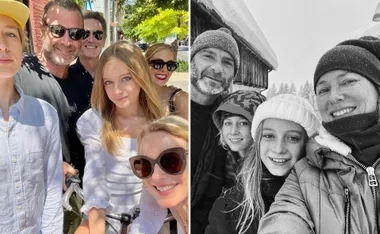I have been with the same man for thirty-one years and married to him for ten years. We have two grown-up children together and three grandchildren.
In our years together he has had two affairs that I know of and at these times I left but went back for the family. This was earlier on in our relationship so for the later years I thought everything was okay.
We have our own business which our son and son-in-law also work in. As my husband is 60-years-old and I am 53 I thought we could start winding-down on the work-front and spend more quality time together as over the years we were too busy building up the business to make much time for each other.
We only ever had a couple of holidays together which I put down to him being a workaholic but I am now starting to believe he just didn’t want to spend time with me. Our sex life has also suffered, I tried to talk to him to explain that I need him to spend more time with me socially but nothing changed, so in December 2010 I left and moved to Perth hoping he would try and get me back.
I have now been here for six months and I have a job and keep myself busy but he has made no effort to try and get me to go home which hurts a lot. Recently I approached him about paying me out of the business as I need to make a new start, and low and behold now he says he wants to talk.
Even though I still love him I don’t want him to have me back just because he doesn’t want to pay me anything if we divorce and I don’t want things to just go back to the way they were if I do give him another chance. What do you think I should do?
You have nothing to lose by being brutally honest and asking why he wasn’t willing to discuss you coming back until you mentioned the business. Maybe that’s what made him realise that you were serious about separating but you’ll have no idea of that until you talk properly.
You will have to be prepared to face the possibility that you care for him much more than he cares for you, although it could just be that he is unable to open-up about his feelings and therefore couldn’t express what he was going through.
Did you know for sure that he had those two affairs or did you just suspect it? And each time you went back, was that without him explaining or asking you to return? Perhaps a pattern was established then when he started to believe that if you were unhappy you would leave but would then return when you had worked your anger out of your system.
He might have expected you’d do the same this time. On the other hand six months is a long time for no communication or discussion so perhaps it is the thought of losing out financially which has spurred him on to ask you to stay.
Whichever it is you won’t begin to get some idea of your future until you have a very full and frank talk and if you can do it without anger so much the better.
You also need to talk about the past to see if you do have a future – and you need to make sure he gives you the reasons he didn’t ask you to come back until now.
You must also make it clear what you want if the marriage is to continue and don’t just give vague answers such as socialising more together – be specific and ask if he is prepared to do what you want. In return you need to know what he wants from you and remember that no matter what you both agree on you can always put a time limit on coming back and things changing.





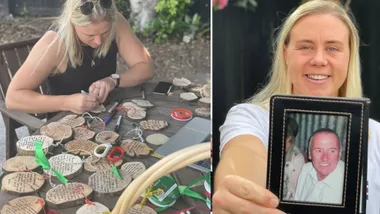


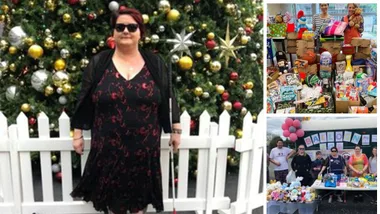
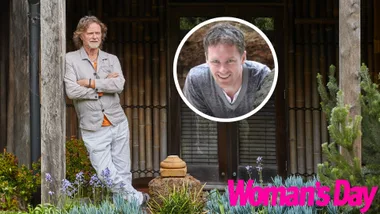
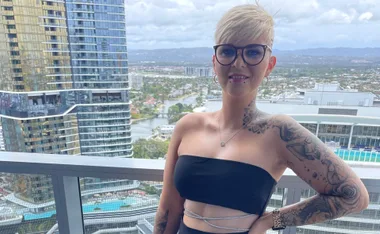

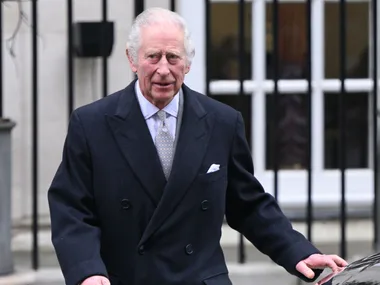
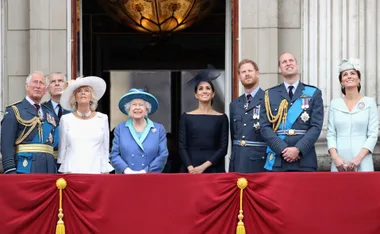
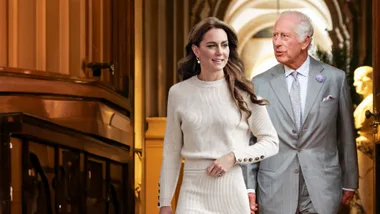


.jpg?resize=380%2C285)
.png?resize=380%2C285)

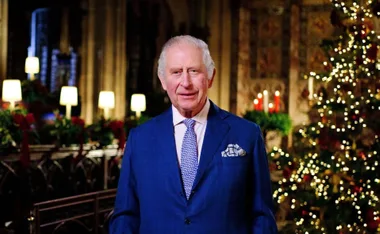
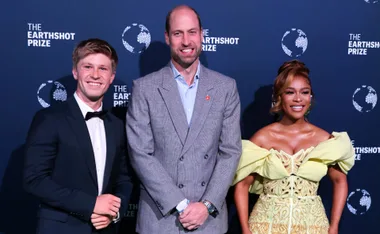











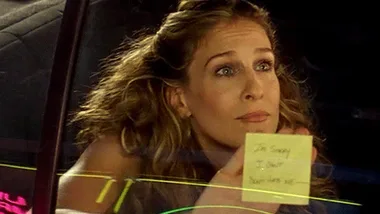
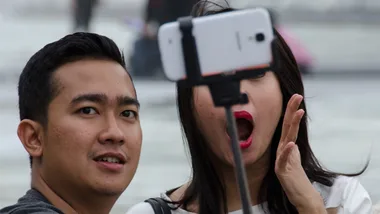



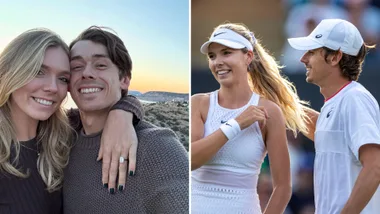
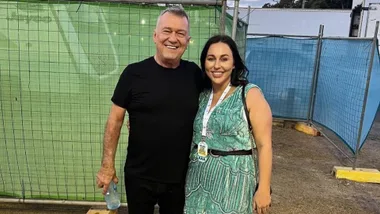





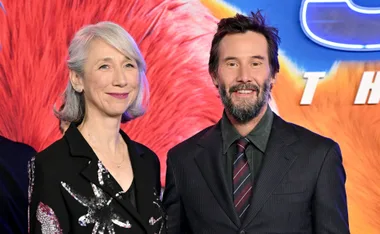


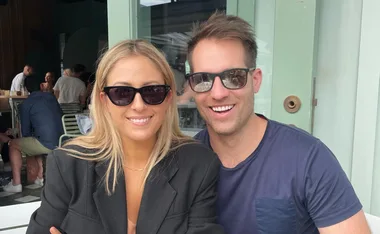
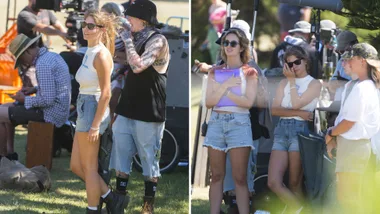
.png?resize=380%2C285)


